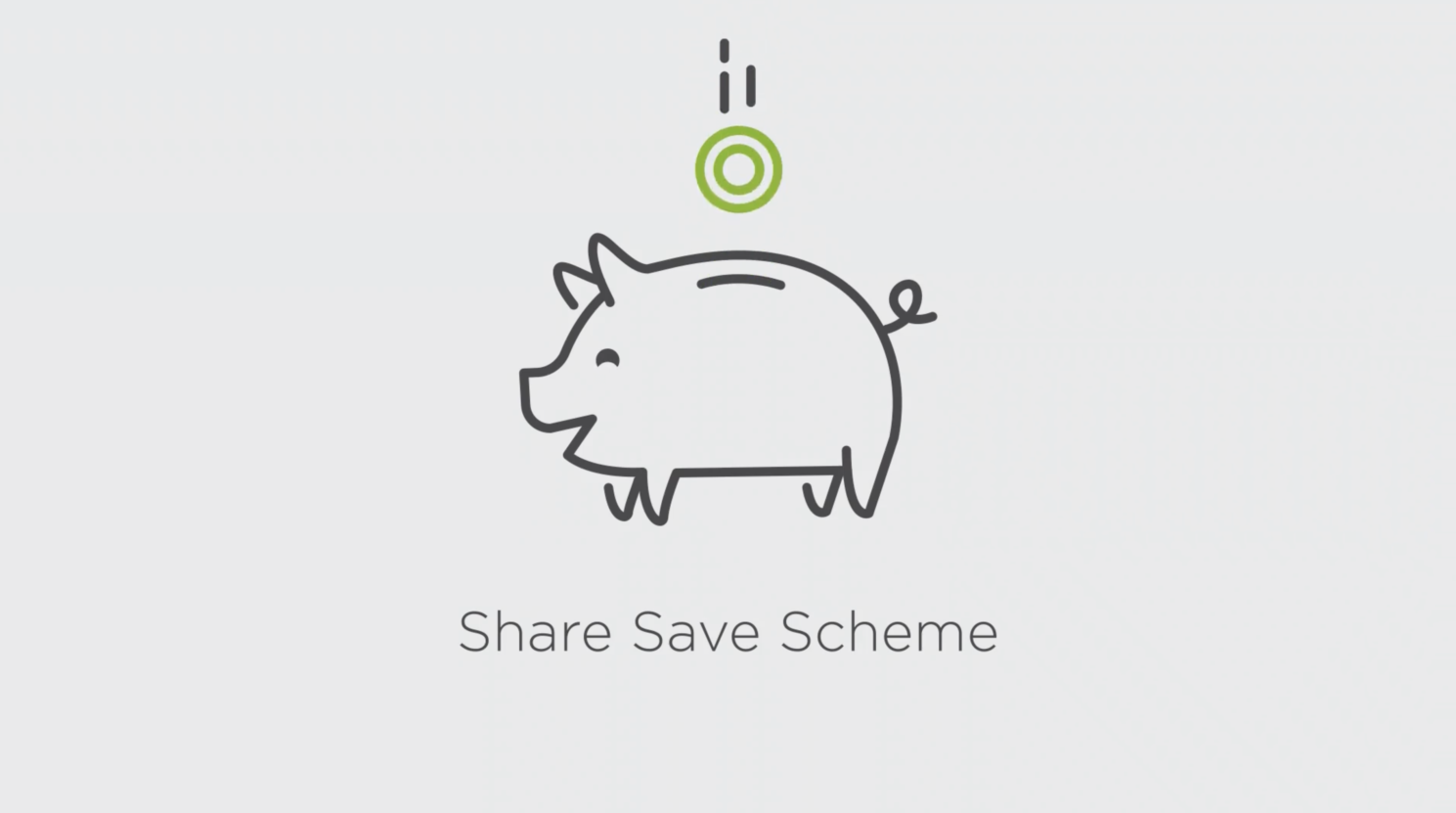In the fast-paced digital age, where attention spans are short and information overload is the norm, the importance of effective communication cannot be overstated. Icons, those small, visually appealing symbols, have emerged as powerful tools in conveying messages quickly and efficiently. Whether you’re developing a brand or designing a website, integrating icons can provide a myriad of benefits that go beyond mere aesthetics.
1. Instant Recognition:
Icons have the unique ability to convey complex ideas or actions in a compact form. A well-designed icon can instantly communicate the purpose or function it represents. This aids in quick recognition, making it easier for users to navigate and understand your brand or website.
2. Enhanced User Experience:
Icons contribute significantly to a positive user experience. By simplifying navigation and reducing the cognitive load, icons guide users seamlessly through your website or app. Intuitive icons can act as visual cues, leading users to the information or actions they seek, ultimately enhancing overall usability.
3. Cross-Cultural Communication:
Icons have a universal language that transcends linguistic barriers. Unlike text, which may require translation for different audiences, icons can convey meaning across cultures. This makes them invaluable for brands and websites with a global reach, fostering inclusivity and broadening your audience.
4. Visual Appeal and Brand Consistency:
Incorporating icons into your brand or website design adds a touch of visual flair. Consistent use of icons contributes to a cohesive and professional aesthetic, reinforcing brand identity. A well-designed set of icons can become a visual signature, making your brand instantly recognizable and memorable.
5. Space Efficiency:
Icons are space-efficient and can convey information concisely. In a world where mobile devices dominate, saving space without compromising functionality is crucial. Icons enable you to communicate a message or feature without taking up excessive screen real estate, ensuring a clean and uncluttered design.
6. Increased Interactivity:
Interactive elements often benefit from the use of icons. Buttons, links, and calls-to-action adorned with icons can draw attention and encourage user engagement. Icons serve as interactive prompts, guiding users to click, swipe, or perform specific actions, thereby increasing overall user interaction.
7. Brand Storytelling:
Icons can be used creatively to tell a brand’s story. From representing core values to illustrating product features, icons offer a versatile storytelling tool. By carefully selecting and placing icons, you can visually communicate your brand narrative, fostering a deeper connection with your audience.
8. Adaptability for Responsive Design:
Icons are inherently adaptable and work well in responsive design. They scale easily to fit various screen sizes and resolutions, ensuring a consistent and visually appealing experience across different devices. This adaptability is crucial in a world where users access websites and apps on a multitude of devices.
In conclusion, the strategic use of icons in your brand or website design can have a profound impact on user experience, brand recognition, and overall aesthetic appeal. Icons are not just decorative elements; they are powerful communicators that simplify complex information and enhance the visual language of your digital presence. By harnessing the benefits of icons, you can create a more engaging, user-friendly, and visually cohesive brand or website.


